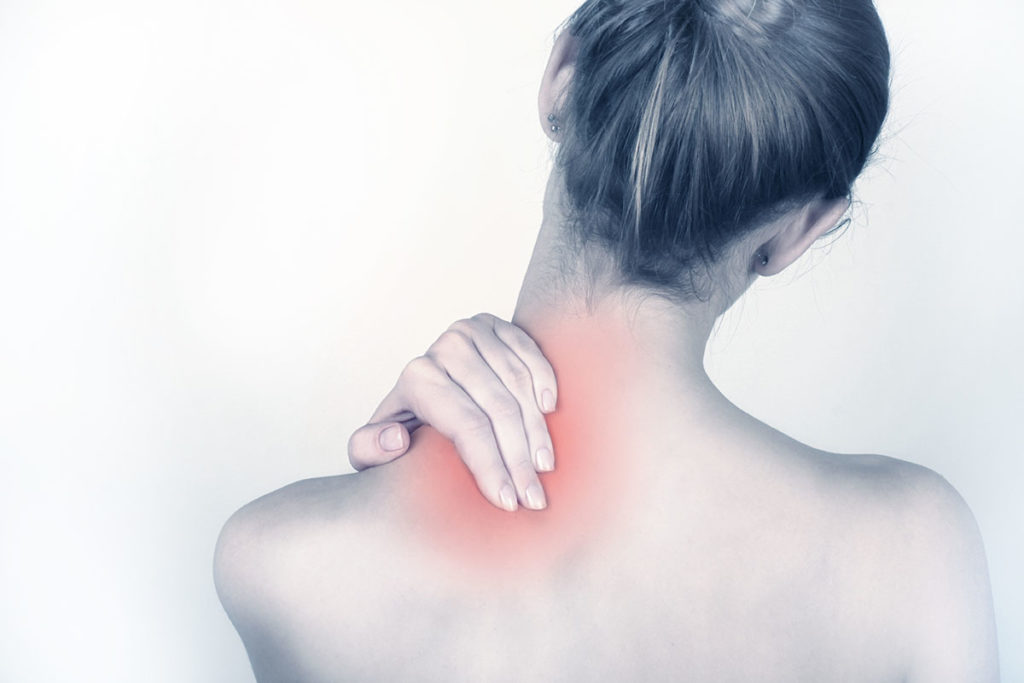Quite often, pain is the primary reason patients seek care with a physical therapist. Pain is a prevalent and often unpleasant sensation. Pain can lead to anxiety, fear, decreased mobility, and worse, yet, depression and complete disruption of life. Patients often question why their pain continues to linger, even when months have passed after an event or an injury. Zooming out and looking at the big picture can help answer this question, although the answer isn’t necessarily easy. Pain researchers devote their lives to researching about pain, with the hopes of providing a means for patients and providers to better understand pain and the biological processes that occurs within pain states. The Neuro Orthopedic Institute (NOI) is a group of researchers who have special interest in a biopsychosocial approach to pain, more specifically the merging of the biology of human pain, stress and performance with the psychological and social environment1. In other words, our nervous systems are the primary reason why we feel pain and the assessment and management of the nervous system and brain – particularly how the brain is wired to our body and any changes that can occur within the brain as we move through pain cycles and/or rehabilitation – is an important focus of their research. Here are a few take home points that the NOIsters have been encouraging providers (especially PTs) to have open dialogue on when it comes to pain, whether it’s persistent or acute.
- It’s worthy to state a simple fact up front: pain is REAL. Don’t let anyone tell you otherwise.
- Explaining pain to people means teaching people about the biological processes underpinning pain. In other words, peoples’ pain is real and there are true biological processes at work when pain is present, whether it’s been two weeks or two years.
- Pain is conceptualized in the brain, just like vision, hearing, smelling, and other senses. The saying goes ‘No brain, no pain!’. While all pain is real, lucky for us pain does not necessarily mean tissue damage or recurrent injury. Pain can be overprotective, and often is in the case of persistent pain.
- This overprotection causes alarm signals to go off. When the alarm system sounds, then other alarms go off too, creating a nervous system that goes into a repeated cycle of hyper-alertness and over-protection (think: fight or flight response). Your body is simply doing what it knows how to do but all too commonly, it ends up being too much of a good thing. (And, yes, that was a reference noting that pain can be a good thing! Keep reading…)
- Pain? A good thing? It sure can be. It helps alert us if something within our biological system is a little off or if there’s truly danger. With that being said, the intensity of pain is not necessarily 1:1 ratio with extent of tissue damage or even danger. This is when providers like PTs step in and help explain why certain pain symptoms are present as well as examine for any red flag signs that would warrant a visit to the doctor.
- Explaining pain and the interaction of various pillars – social, environmental, biological, and psychological – that influence pain can be helpful during rehabilitation. After all, “No pain, no gain” doesn’t apply… but “Know your pain, know your gain” does. It’s helpful to consider all the reasons why, on a daily basis, pain levels may fluctuate. The way our bodies interact with our brains and even more broadly, the way our brain and body together interact with the world around us is no small consideration. This is why we thank the NOIsters for their amazing dedication to the world of pain!
What do you do if pain is stopping you in your tracks? Schedule with one of our PTs today! We will help you work with your pain to get you back on your feet again!
Resources:






